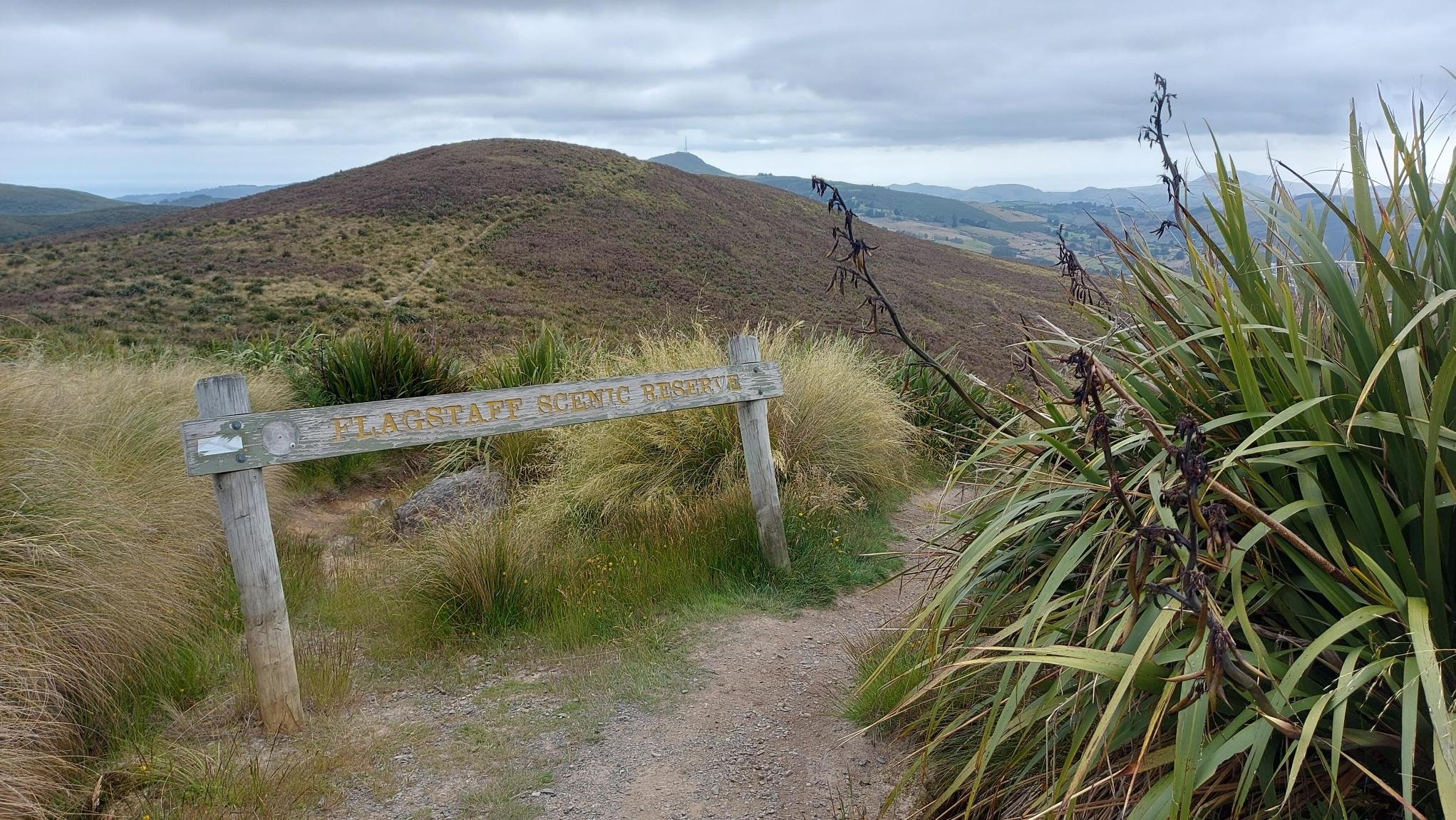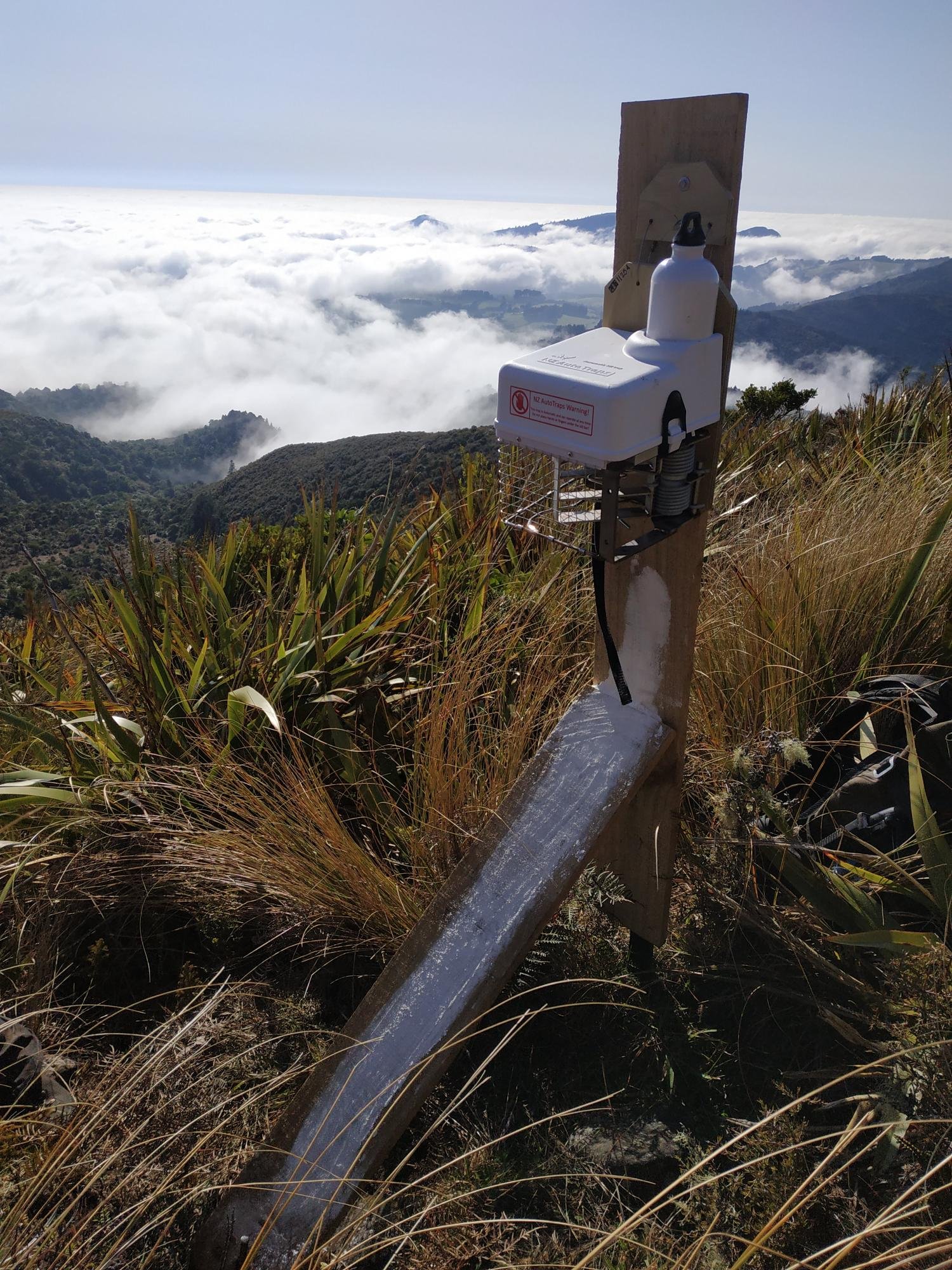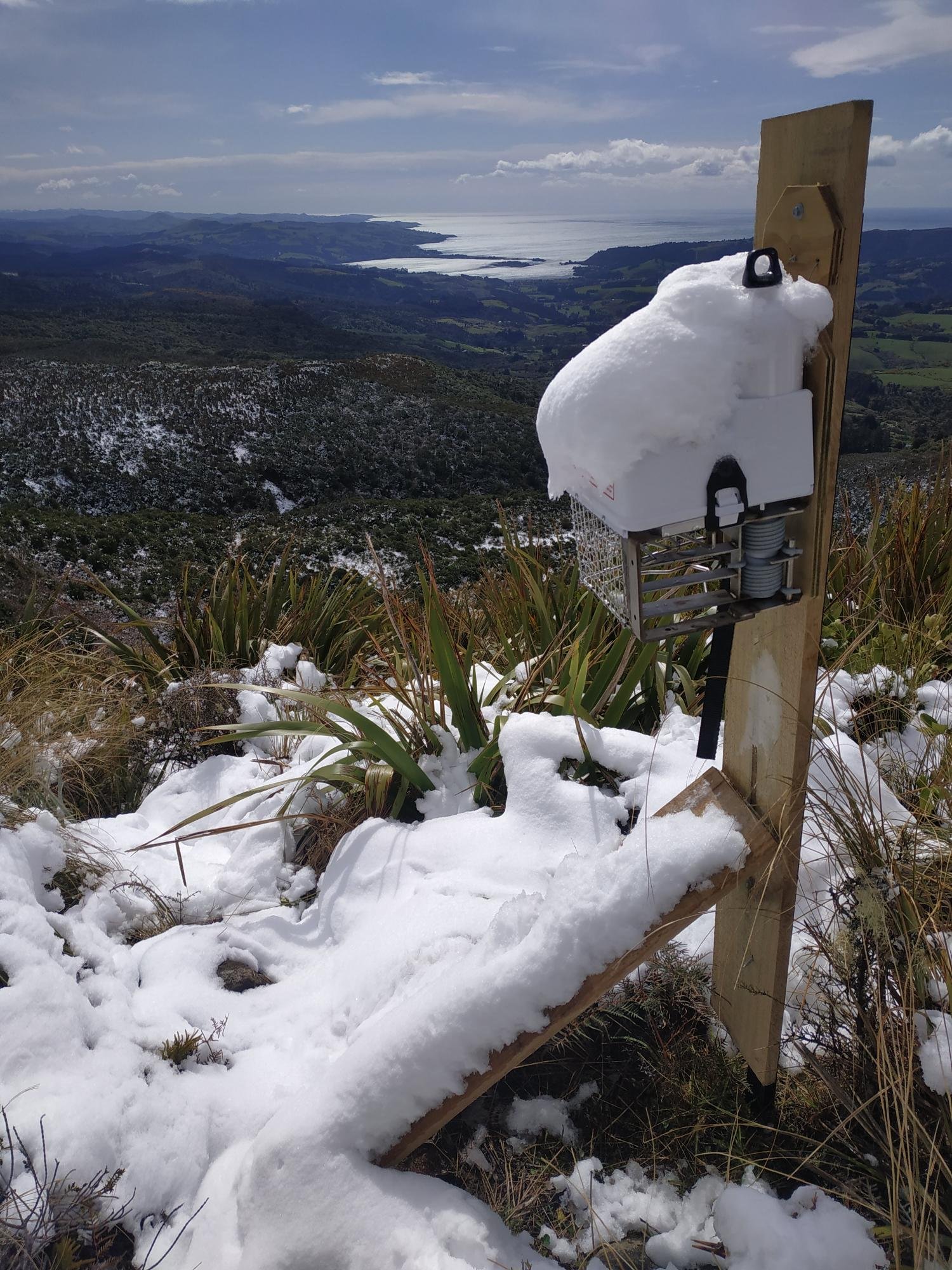Hard work from the Halo Project pays off
Summer is always a busy time for conservationists and it’s no different for the team at the Halo Project. Juvenile stoats are on the move as they leave their mothers’ sides and attempt to find new territory. In response, the Halo volunteer team have been checking and re-baiting stoat control devices every fortnight, a huge and much appreciated effort during the holiday season!
Their volunteer backyard trappers have also been hard at work, removing possums in their backyards and in public reserves.
The results of this recent work from the amazing Halo Project team and volunteers shown in the table above which represents all predators removed in the Halo Project area over the short period of December and January!
The Halo Project team have also been busy tackling the first service of 110 automatic self-resetting AT220 devices. These devices were installed by the team in early September in a 500m x 500m grid stretching across an impressive 2800 hectare area of Flagstaff and Swampy Summit.
The installation team have been working tirelessly carrying these devices one by one in extremely challenging terrain such as thick flax; significant areas of windfall; dense bush and scrub; slippery rocks; and huge areas of gorse. Despite these challenges, they still managed to install them all in under two weeks!
Thankfully, these AT220 devices are making all the hard work worth it. Unlike other traps, these devices only need to be serviced on a 3-6 month basis and will continue to remove predators during that entire time with a seemingly never-ending bottle of mayonnaise!
Its great for the team to be able to see the results of their hard work and they can proudly report that these devices have already caught 310 possums which is an average of almost four possums per device! One device outperformed the rest by capturing an impressive 17 possums. A bonus discovery was that these devices also caught 735 rodents in total, with the highest capture from one device being 23 rodents!
This new network of devices covers an area that borders the Halo Project’s “zero density zone”. This refers to the area of West Harbour and Mt Cargill where the goal is to reduce possum numbers to such low levels that individuals are unable to find breeding partners within their home range, meaning they can’t reproduce, and ensuring possums numbers will not increase. Having this network of devices bordering the “zero density zone” will act as a buffer helping to prevent re-invasion of pest species into this zone.
This map is an aerial view of the Flagstaff and Swampy Summit area showing the locations of the AT220 devices. If you look closely, there are numbers on each of these devices showing how many possums they have removed so far!
The AT220 network also builds on the stoat network that the Halo team previously installed which protects many native birds in the area, such as mātātā (fernbirds), miromiro (tomtits) and dispersing kakaruwai (robins). One Halo Project team member reported that “it is heartening to come across tomtits all over the place up there” and that it “makes all the hard work worthwhile”.





